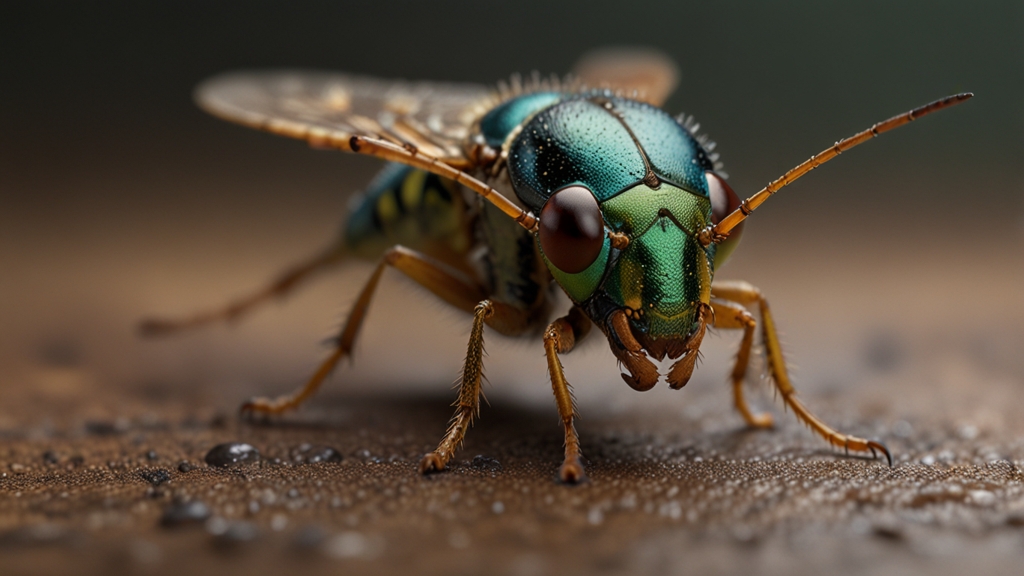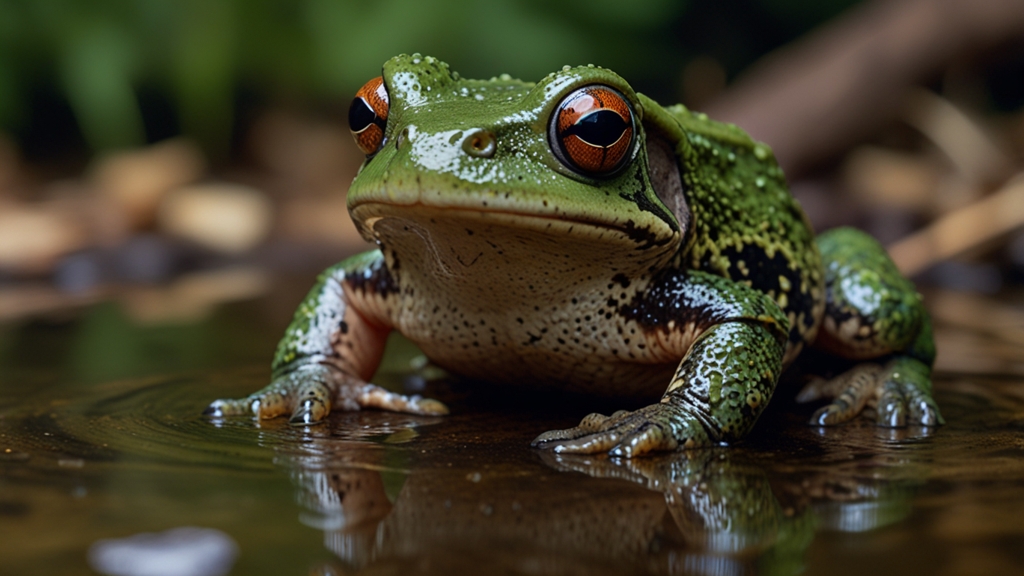Unveiling the Mysteries of the Deep: Surprising Secrets of Marine Life
The oceans, which cover approximately 71% of the Earth's surface, are teeming with life forms that have evolved in fascinating ways to survive the challenges of their underwater habitats. These marine ecosystems are home to some of the most intriguing and diverse creatures on the planet. As scientists delve deeper into the mysteries of the deep sea, they continue to uncover surprising secrets about marine life that challenge our understanding of biology and ecology.
The Abyss: A World Untouched by Sunlight
One of the most astonishing discoveries in recent years is the existence of vibrant ecosystems in the deep sea, far beyond the reach of sunlight. At depths exceeding 200 meters, where light cannot penetrate, bioluminescent organisms create their own light, brightening the pitch-black waters. Deep-sea creatures such as anglerfish and certain species of squid have developed bioluminescent organs that attract prey or communicate with potential mates.
In addition to bioluminescence, many deep-sea organisms rely on chemosynthesis for energy. Unlike photosynthesis, which depends on sunlight, chemosynthesis utilizes chemical reactions to produce food. Hydrothermal vents along the ocean floor are hotspots of chemosynthetic activity, where tube worms, giant clams, and other organisms thrive in the extreme conditions, feeding on the nutrients released from these underwater geysers.
"The discovery of life around hydrothermal vents was a groundbreaking revelation, challenging the notion that all life on Earth required sunlight."
Marine Camouflage and Mimicry: Survival Strategies
Another remarkable aspect of marine life is the incredible camouflage and mimicry abilities that many species have developed. The octopus, often referred to as the master of disguise, can change its skin color and texture to blend seamlessly with its surroundings, avoiding predators or ambushing prey. Some species of cuttlefish take this a step further, displaying dynamic color patterns that can mesmerize prey or signal friends and foes alike.
Marine fish, such as the mimic octopus, can imitate the appearance and even the movements of other sea creatures, thereby deterring predators or luring unsuspecting prey. The leafy sea dragon, related to seahorses, uses its leaf-like appendages to blend into underwater vegetation, rendering it virtually invisible to both predators and researchers.
"Mimicry in the marine world is a testament to the evolutionary ingenuity of sea creatures, allowing them to survive and thrive in a constantly changing environment."
The Social Lives of Marine Creatures
Contrary to the perception that the ocean is a solitary place, many marine species exhibit complex social behaviors. Dolphins, for instance, are known for their sophisticated communication systems, which include a variety of clicks, whistles, and body postures. These intelligent creatures form intricate social structures, working together to hunt and protect their pods.
Similarly, certain fish species, such as clownfish and cleaner fish, engage in mutualistic relationships that benefit both parties. Clownfish find refuge among the stinging tentacles of sea anemones, gaining protection from predators, while the anemones benefit from the clownfish's waste, which provides essential nutrients. Cleaner fish maintain "cleaning stations" where larger fish come to have parasites removed, a service that sustains both cleaner and client fish.
"Marine ecosystems are a world of alliances and partnerships, where cooperation often ensures survival and prosperity amidst the vastness of the oceans."
The Future of Marine Research
The exploration of Earth's oceans is still in its infancy, with vast areas remaining unexplored and countless species yet to be discovered. Advances in technology, such as remote-operated vehicles (ROVs) and deep-sea submersibles, are enabling scientists to venture further and uncover the secrets of the deep in unprecedented detail. As researchers continue to probe these underwater realms, they are not only expanding our knowledge of marine biology but also providing insights that could aid in the preservation and conservation of our planet's precious marine ecosystems.
The mysteries of the deep sea are a testament to the resilience and adaptability of life. From the bioluminescent creatures of the abyss to the social dynamics of dolphins, the ocean is a repository of biological wonder. Every dive into the deep blue promises new discoveries, each adding to the rich tapestry of life that thrives beneath the waves. As we unveil these secrets, we gain not only a deeper appreciation of marine life but also a vital understanding of the interconnectedness of all Earth's ecosystems.











